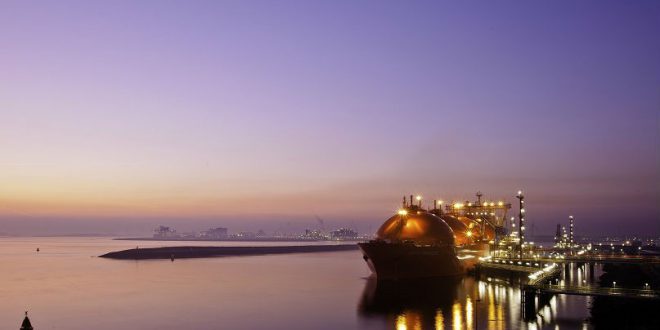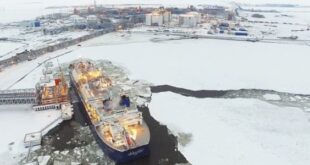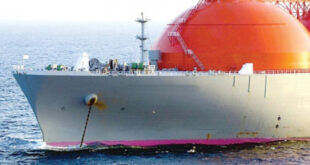While gas markets are currently well supplied. the transformation of natural gas markets from regional systems to more globalized and interdependent markets is creating new security challenges. according to the International Energy Agency`s (IEA) latest assessment of global gas security.
Global natural gas markets are in the midst of a second wave of expansion in the supply of LNG. 2016 saw the leading edge of this wave with over 30 billion cubic metres (bcm) of LNG liquefaction capacity added. Nearly 200 bcm of further liquefaction capacity is due to be added by 2022. led by the U.S. and Australia. countries which. with Qatar. will by then account for the majority of LNG supply capacity.
This expansion in supply will exceed expected growth in LNG demand. which is forecast to be closer to 100 bcm over the same period. Even accounting for unavailability of supply. LNG markets are not expected to rebalance before the mid-2020s. For now. LNG prices remain low. only one final investment decision for new liquefaction facilities has been taken in 2017. and demand. while growing robustly. is not keeping pace with the addition of supply.
LNG market expansion to an increasing number of countries and territories – 38 with LNG import terminals in 2016. growing to 47 by 2022 – is accompanied by greater differentiation among buyers. according to their domestic market requirements. The global gas market is reshaping to a more fragmented and interconnected structure. with greater needs for flexibility. At the same time. the LNG overcapacity is expected to ebb. with an anticipated retightening of the supply demand balance. This changing environment of increased interdependence between markets is likely to bring new security of supply challenges to both mature and new importers that will require adapted policy responses.
Even well-supplied and flexible markets can suffer from temporary tight market situations. On the importers’ side. southern European countries experienced stressed situations in natural gas and power markets during the winter of 2016-17. which led to triggering emergency response mechanisms in several countries. Although no gas or power outages were experienced in any of the affected countries. prices rose sharply and some demand-side measures had to be adopted. showing that even in mature and well-interconnected markets. unexpected shocks can still put strong pressure on physical balancing.On the exporters’ side. the recent examples of the diplomatic tensions between Qatar and several Gulf countries. and of Hurricane Harvey in the U.S.. proved to be more threats than real supply issues since they did not have actual consequences on LNG output level. Nevertheless. they did show that supplying countries. however important and reliable. are still exposed to high impact. low probability events with potentially substantial consequences for global gas supply.
LNG contract flexibility appears as an important determinant of the resiliency of the global gas system. Analysis of new signed contracts shows clear evidence of contractual structures becoming less rigid. a trend evidenced by the growing share of flexible destination contracts. as well as the decrease in contracts` average duration. Looking forward. the pool of legacy export contracts with fixed destination and long duration can be expected to shrink as these expire and be replaced by more flexible contracts. The development of U.S. exports is emerging as a major source of additional contractual flexibility. Global portfolio players are expected to play an increasing role and provide additional flexibility from their currently open selling positions.

 Iran Energy News Oil, Gas, Petrochemical and Energy Field Specialized Channel
Iran Energy News Oil, Gas, Petrochemical and Energy Field Specialized Channel



